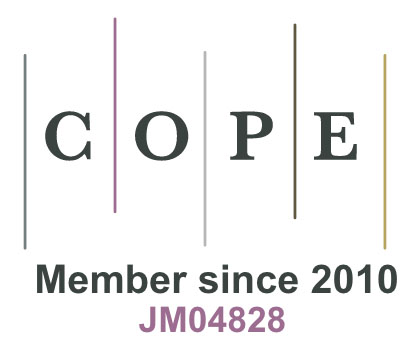Theory Development Process of Situation-Specific Theories
The current ANS featured article is titled “Theory Development Process of Situation-Specific Theories” authored by Eun-Ok Im, PhD, MPH, RN, CNS, FAAN. In this article, Dr. Im described the development processes used in fifteen situation-specific theories published in refereed journals. This article is available at no cost whiled it is featured, and we encourage you to take advantage of its availability! Dr. Im shared her reflections about her work in this message:
Since my first article on situation-specific theories was published in Advances in Nursing Science in 1999, my thoughts on situation specific theories have grown. I have started this year with an unusual excitement because of the upcoming first book on situation-specific theories from Springer Nature that I have worked on with Dr. Afaf Meleis. The book is a collection of the works by many theorists who gave their thoughts on and have developed and used their own situation-specific theories. On this blog, I am including a picture of little red fruits on a tree that I found in Atlanta, GA this winter (American Holly tree?) in order to illustrate my feelings about all the theoretical works related to situation specific theories that we have done. A collection of our little pretty fruits that we produced despite all the challenges!!!
While working on the first book on situation specific theories, I became to wonder what theoretical development process had been used in the actual development of situation-specific theories. During the same time period, I was invited to several international conferences/workshops/seminars related to theory development, and many of them asked me to give presentations on theory development process of situation-specific theories. Also, over the past several years, I have been asked by PhD students on how they could develop their own situation specific theories through their PhD dissertation works. When I published the article on the integrative approach to situation-specific theories in 2005, I thought I gave clear guidance for theory development process of situation specific theories. However, many junior and senior scholars were wondering how situation-specific theories had been actually developed during the past two decades. Because of these inquiries by many nursing scholars and PhD students, this paper was initiated.
While working on the paper, I was very glad to find that I was right about the theory development process of situation specific theories that I proposed in 2005. For instance, all the situation-specific theories that were reviewed were developed through various combinations of induction and deduction using unique theory development strategies. The situation-specific theories were developed using multiple sources of theorizing (including multiple theories and multiple research studies) in various, but no homogenous steps. I thought these findings were reasonable and natural considering the high specificity and diversity that situation-specific theories are supposed to provide and respect.
I also had an interesting finding that situation-specific theories were developed from all types of theories including grand theories, middle-range theories, and situation-specific theories. Considering the lowest level of abstraction in situation-specific theories, the derivation of situation-specific theories from grand theories and middle-range theories was recommended by many scholars, but situation-specific theories were actually developed based on all types of theories/theoretical works. Considering the characteristics of situation-specific theories (e.g., respecting diversity and contextuality, direct linkages to research and practice), it would be understandable to see the derivation of situation-specific theories from all types of theories and theoretical works.
Based on the expected and unexpected findings on theory development process of situation-specific theories, I made several suggestions for future theoretical development of situation-specific theories in this paper. Especially, I thought it would be essential and important for future theorists to be creative and innovative in their theoretical efforts to develop situation-specific theories. All situation-specific theories were developed in their own unique ways that would fit with the specific populations and particular nursing situations that they aimed to describe, explain and predict. Without openness to new and creative methods, it would be difficult for theorists to develop situation-specific theories that could exactly fit with their unique populations and nursing situations.
Especially when considering all the evolutions and revolutions that nursing discipline might need to go through with new changes in nursing environments (e.g., COVID19 pandemic), the openness would be a key to success in our future theoretical journeys. Indeed, with the start of COVID19, health care systems went through drastic changes including the rapid adoption of telemedicine and telehealth. With the changes, nursing situations became to involve telenursing procedures in many aspects of practice, and nurses have been on the frontline of health systems to take care of COVID19 patients through both in-person and non-in-person encounters. Are we ready to provide theoretical lenses that could support all these changes in nursing practice and care? What if robots began to replace some components of nursing care? Maybe, these would not be necessary worries and concerns at this moment, but we never expected the COVID19 as well.
Again, many thanks to Dr. Chinn to provide me with this great opportunity to dialogue with my respected colleagues; I missed our dialogues during this pandemic while staying at my little place. Hope this blog could initiate some fruitful discussion on situation-specific theories. Also, to conclude this blog, I want to mention that this is the year of Golden Cow, White Ox, or Metal Bull in Asian culture, which will bring good fortune to all of us. With the new good luck, I hope the COVID19 pandemic would disappear and we could get together soon.
Best wishes for all of us.







Great reeading your blog